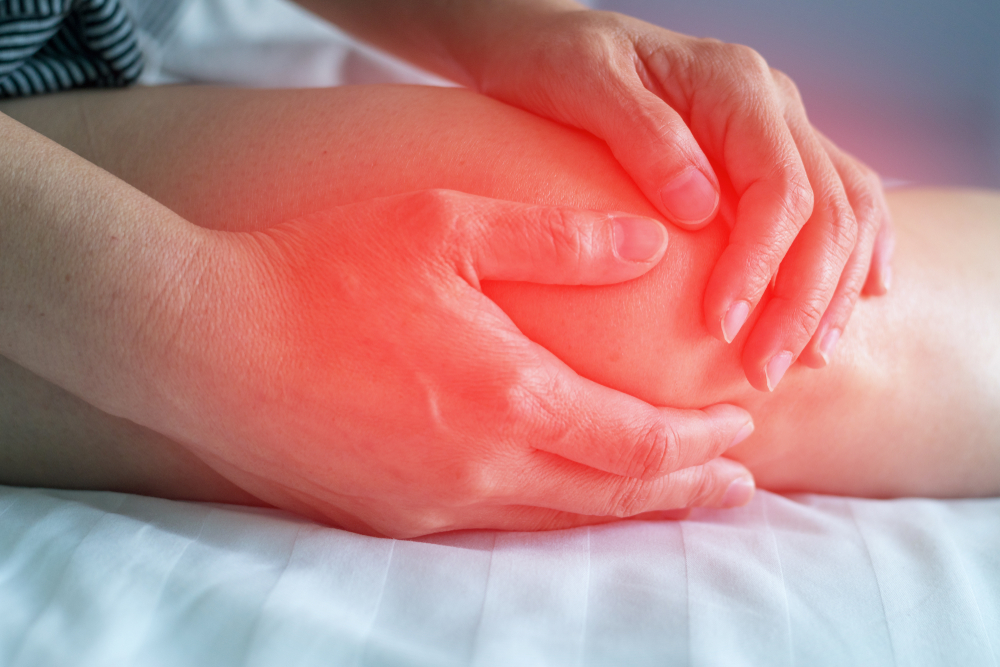Osgood-Schlatter is a disease that occurs during the puberty stage of a child or adolescent when he or she experiences growth spurts. This disease typically occurs in boys ages 12 to 14, whereas girls from 10 to 13 years of age. The reason this disease occurs much earlier in girls is that they undergo puberty much earlier than boys do.
Osgood-Schlatter disease can cause a painful, bony bump on the shin bone just below the knee. Children who are into sports that involve running, jumping, and games that require swift changes, can this disease mostly occur too.
Any complications brought by about this disease are very uncommon. Even if they do, they might include some chronic pain or localized swelling, and the bony bump on the shinbone may remain. If this happens, it doesn’t usually interfere with the knee function. In some rare cases, Osgood-Schlatter disease can cause the growth plate to be pulled away from the shinbone.


